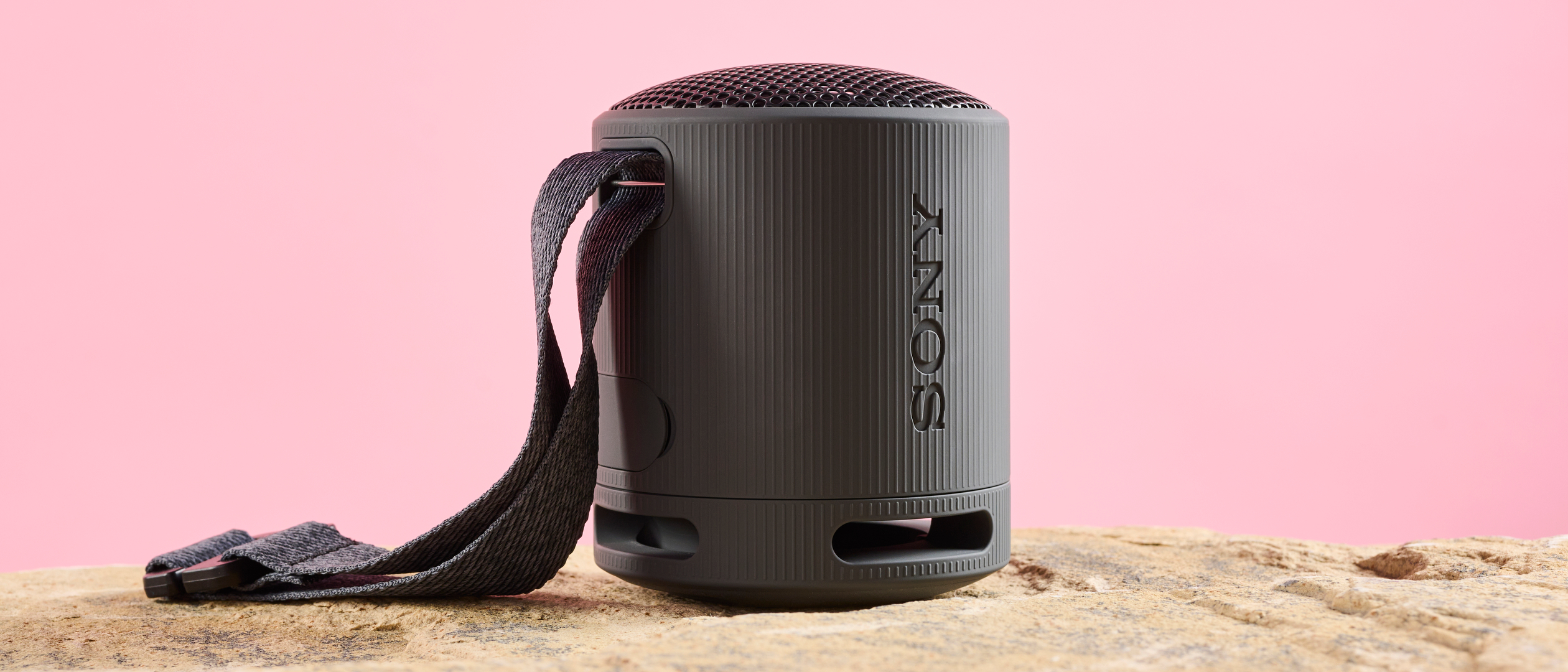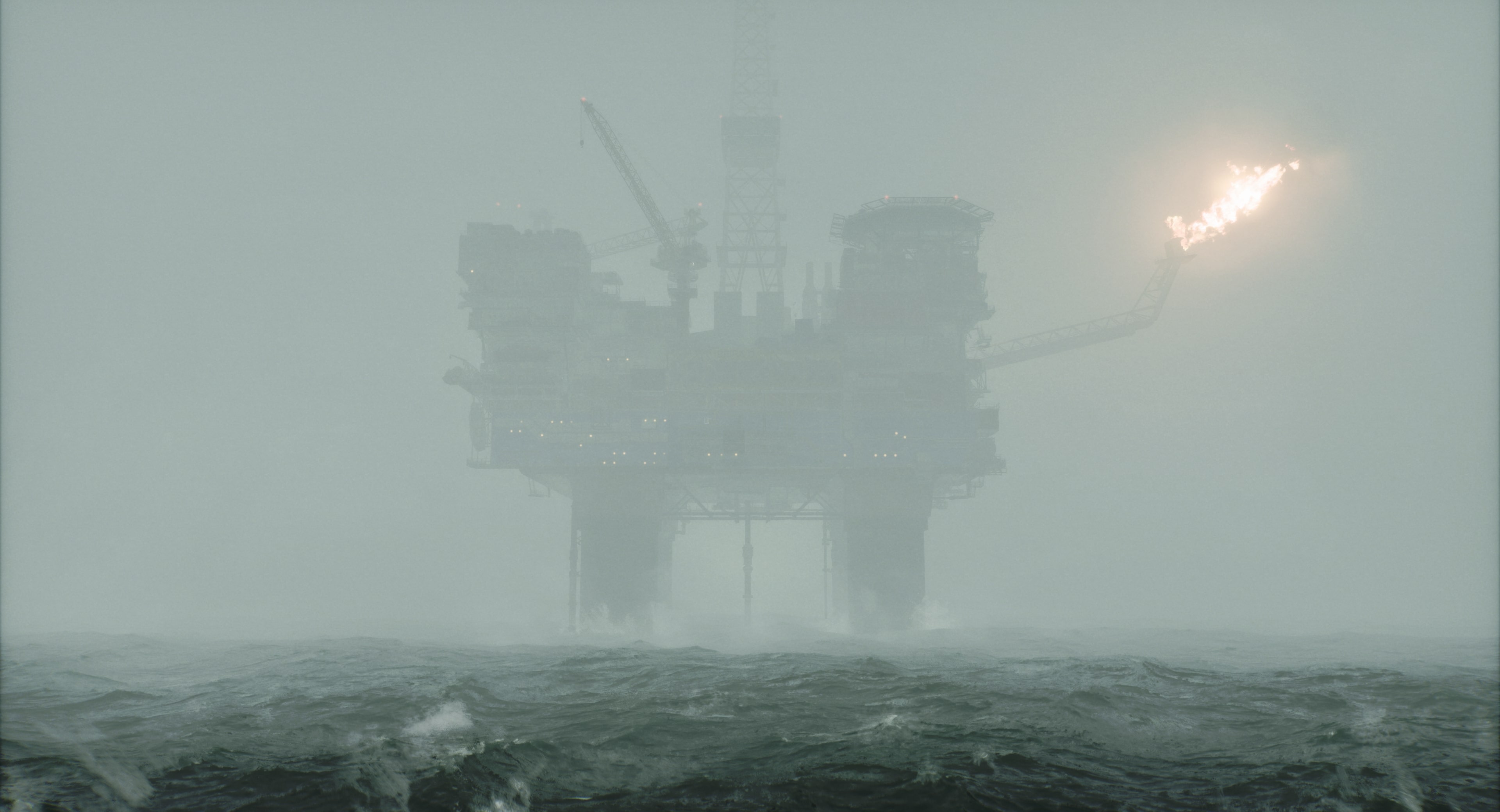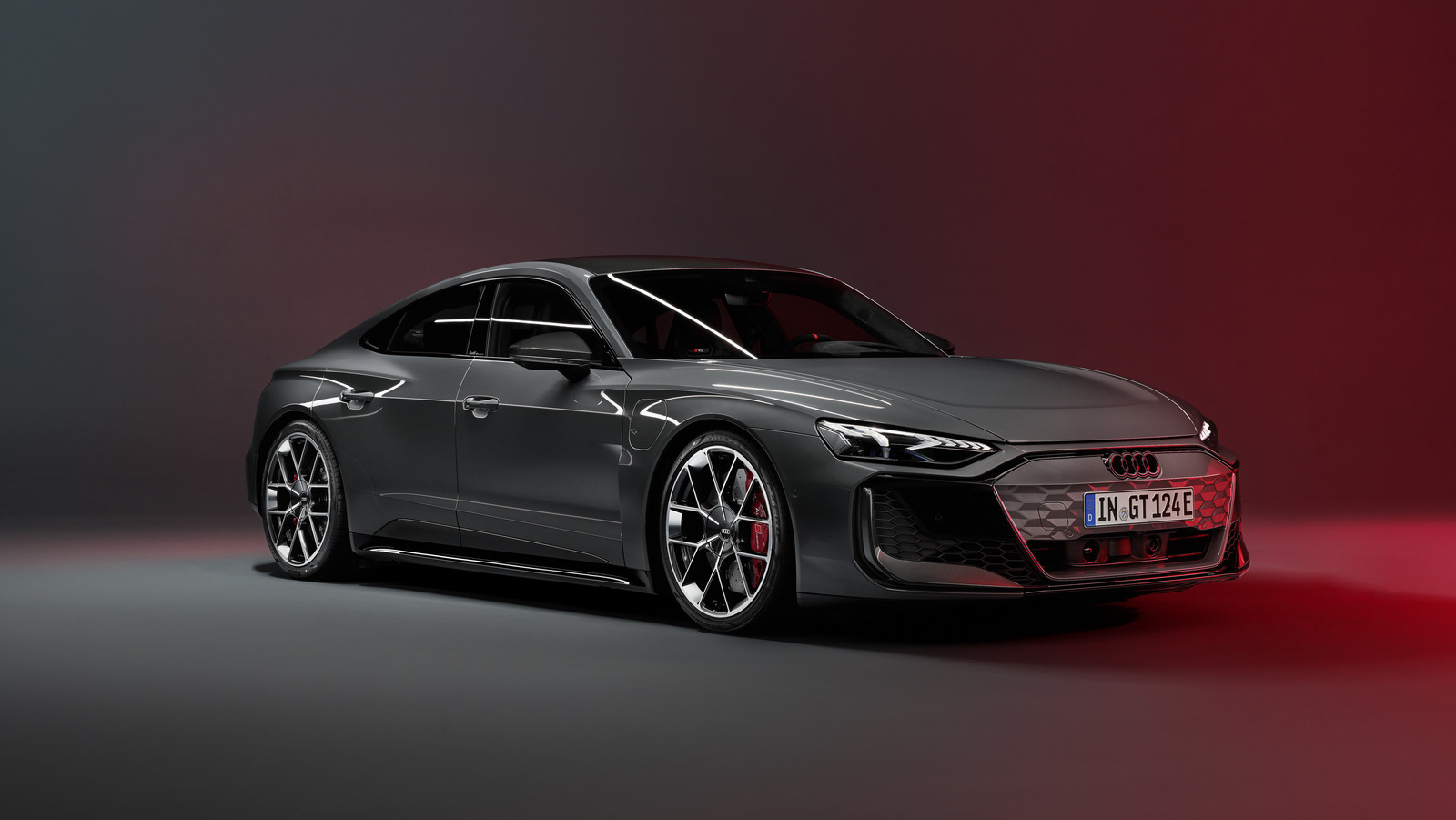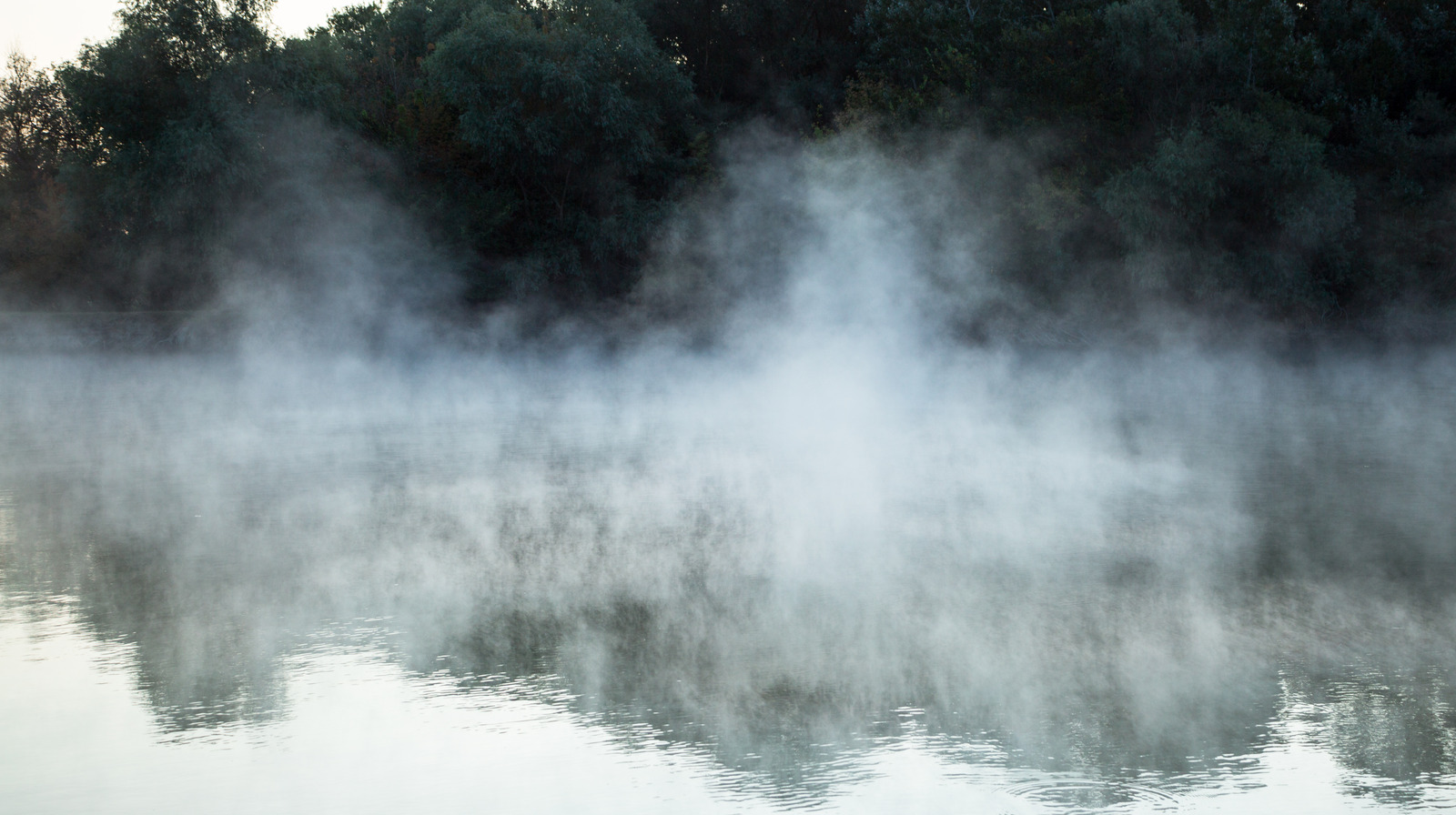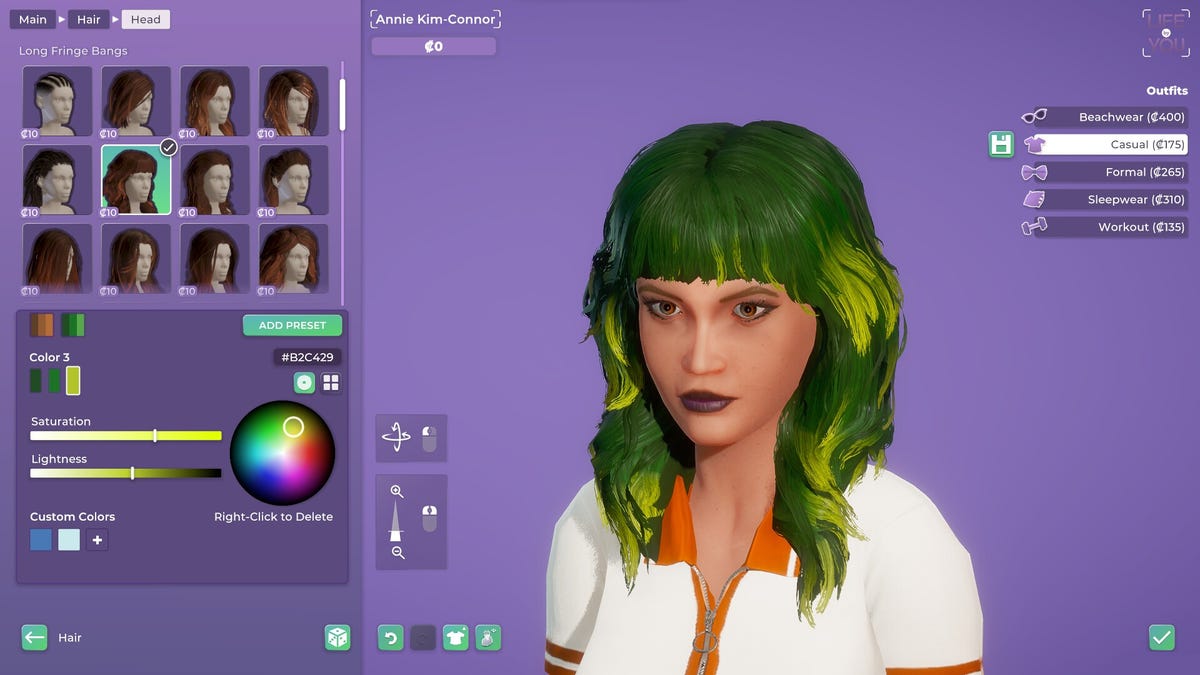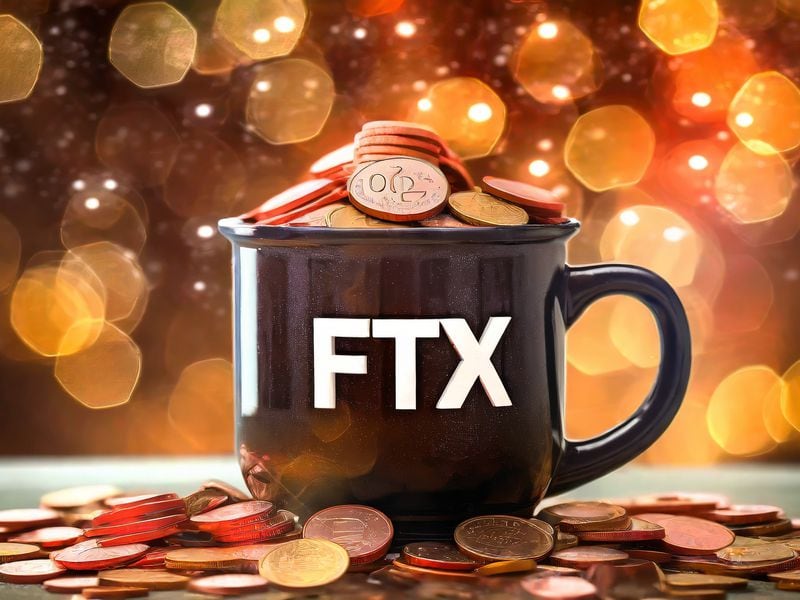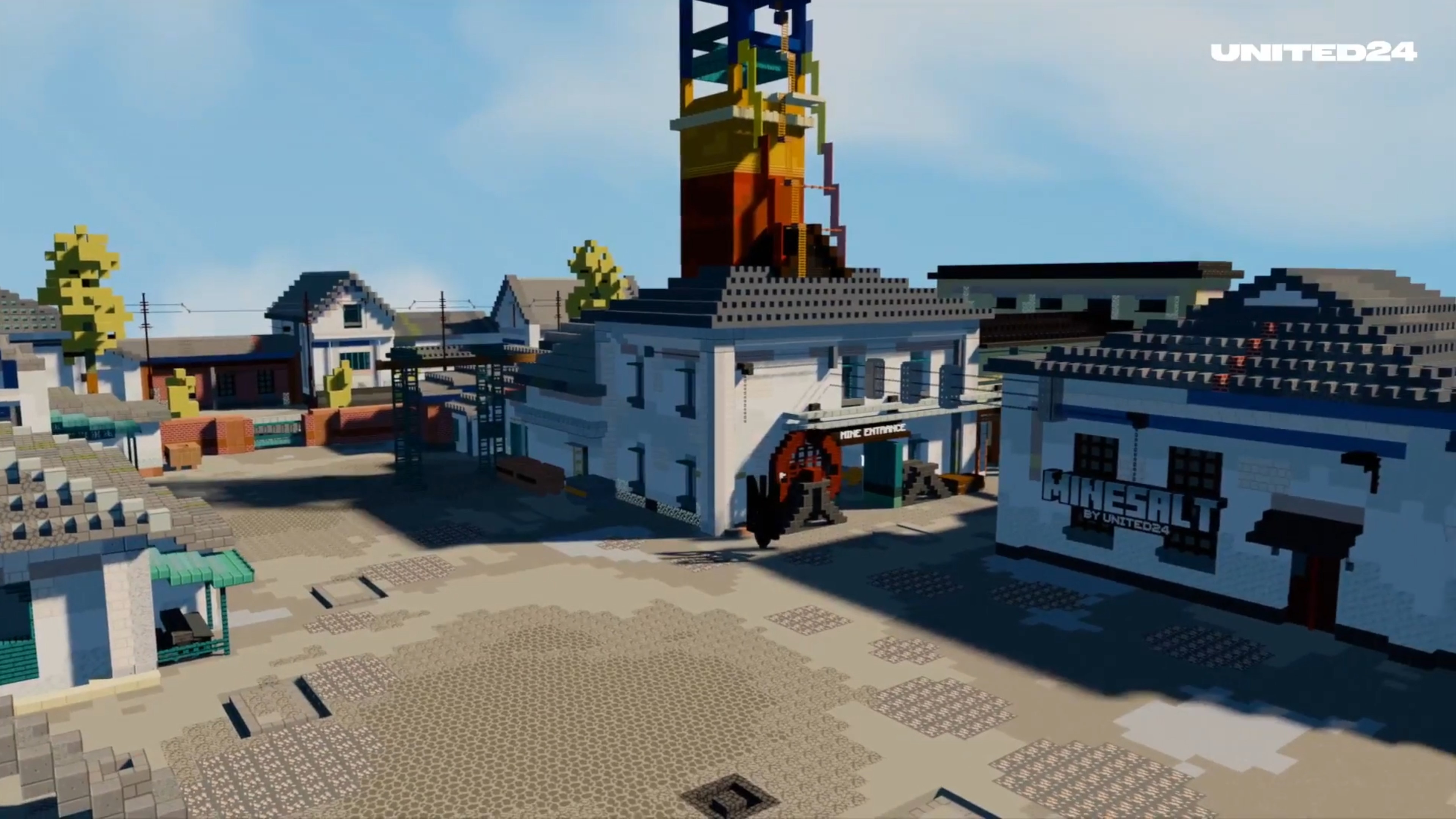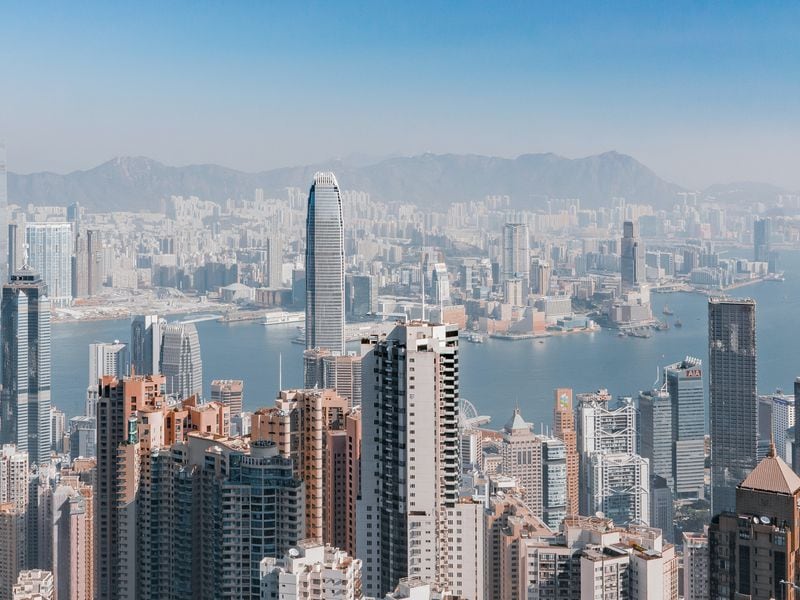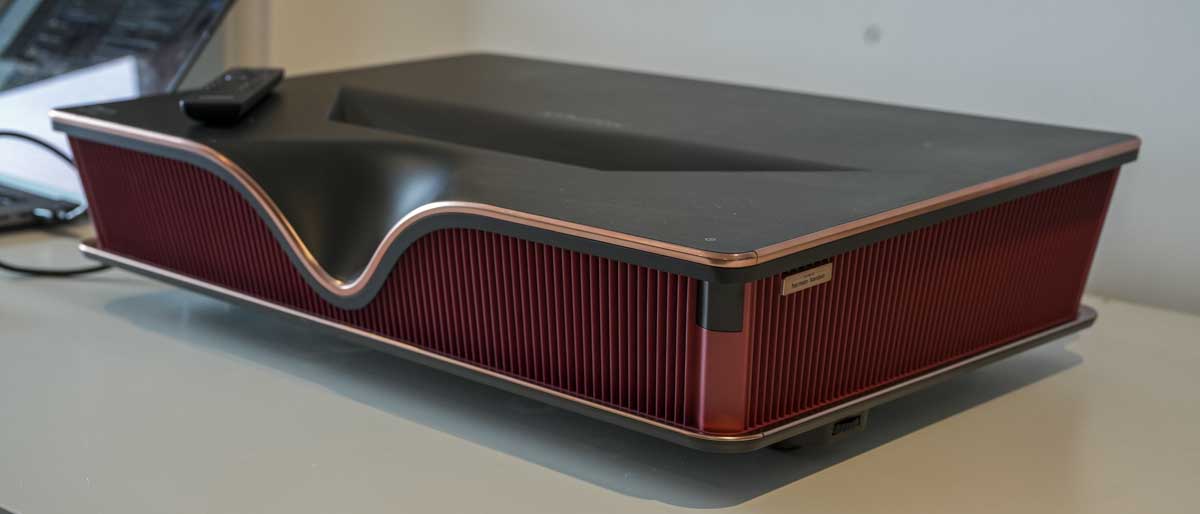Have $250,000 burning a hole in your pocket? Kitamura Camera has the deal for you!
Kitamura Camera has about 600 locations "from Okinawa to Hokkaido" (all over Japan). I visited their stunning flagship store in Shinjuku, located just East of Shinjuku Station. They offer a full range of both new and used photo gear, film and services, including an extensive repair department, even handling Apple repair on the basement level. Photo: Kitamura Camera I always extend my business trips to Japan beyond the bare minimum needed for business, because I can never get enough of the country, its people and its culture. Most recently, I stayed on a couple of weeks past the end of the CP+ 2024 photo trade show, using part of the time to explore the world of used cameras in Tokyo. There are used-camera shops spread all across the city, but the largest concentration is in the Shinjuku neighborhood, within blocks of the massive Shinjuku train station. Shinjuku’s used-camera scene is amazing; a true Mecca for film-camera enthusiasts, with offerings at every price point from a couple of dollars for a 'maybe it will work' point-and-shoot to hundreds of thousands of dollars for ultra-rare collector’s items. Time permitting, I hope to write another story that will serve as a guide to buying a used camera in Tokyo, which is arguably the best place in the world to do so. Hiroyuki Mizutani is the Concierge of Kitamura Camera’s vintage-camera business, focusing on collectible Leica bodies and lenses including some incredibly rare and valuable models. The camera he’s holding is one of the extremely rare olive-green "Bundeseigentum" M3 models made for the German government. (Note the black gloves, a hallmark of the Vintage Salon.) Photo: Azusa Kumei, Kitamura Camera This story, though, is about my introduction to the world of ultra-rare collector’s items when I visited Kitamura Camera’s flagship store just east of Shinjuku Station, and a conversation I had with the surprisingly young Concierge of that department, Mr. Hiroyuki Mizutani. Kitamura Camera operates a chain of approximately 600 camera stores all across Japan, from Okinawa to Hokkaido, as the Japanese expression goes. (The phrase is similar to 'from east to west' in the US.) They built a massive and luxurious flagship store in a prime Shinjuku location in 2020, timed for the 2020 Olympics.) This pair of Leica Summilux 50mm F1.4 lenses was my first hint of what awaited in Kitamura’s Vintage Salon. These were on the more prosaic 4th floor, but at the then-current exchange rate, they were priced at $15,900 and $36,700 respectively. The more expensive model is the original version, produced for only 2 years from 1959-1961 before being supplanted by the other one, which was sold with only cosmetic changes from 1961-2004 when it was finally replaced by the ASPH model. I was amazed by the range and quality of used cameras they had on display on the 4th floor of the building (they have nearly 3,500 items in their inventory), including what seemed like some very high-priced items. After seeing a Leica 50mm F1.4 lens priced at 5,500,000 ¥ ($36,700 at the time), I remarked to an employee about these prices, and he replied, "Oh, this is nothing; you should see the 6th floor!" It turns out the 6th floor houses Kitamura Camera’s "Vintage Salon," dedicated to truly rare and valuable collector’s items. I was blown away when I saw an early Leica built for the German Army bearing a price tag of 40,000,000 Yen, or more than $250,000 USD at the then-current all-time high exchange rate. It turned out that wasn’t even the most valuable model on offer. I asked Mizutani-san if he’d be willing to be interviewed about his experience and the world of ultra-high-end camera collectors, and he agreed. The "Vintage Salon" on the 6th floor exudes understated elegance. The far wall showcases particularly rare items, and the low flat cases display featured models. A vertical display case and the wall behind it holding larger numbers of less-rare collectibles are off-camera to the left, while the wall off-camera to the right holds more recent models. I wouldn’t venture a guess on the total value of the gear in this one room, but it’s easily in the millions of US dollars. Mizutani-san was very patient with my lack of Japanese and the resulting inconvenience of passing both sides of the conversation back and forth through our phones. AI transcription software and my hand-tuned translator GPT helped me turn our words into the story below, but the AIs had a lot of difficulty with the choppy dialogue and the repetition in two languages as our phones echoed our words. As a result, while I’ve written this up as if it were a continuous conversation, it’s, in fact, heavily edited for continuity; I asked Mizutani-san to look over a carefully translated version in Japanese to make sure I didn’t misrepresent anything he said, but any mistakes here are entirely my fault. It was interesting to hear about Mizutani-san’s journey from a barista at a photo cafe to the "Concierge" of one of the largest

I always extend my business trips to Japan beyond the bare minimum needed for business, because I can never get enough of the country, its people and its culture. Most recently, I stayed on a couple of weeks past the end of the CP+ 2024 photo trade show, using part of the time to explore the world of used cameras in Tokyo. There are used-camera shops spread all across the city, but the largest concentration is in the Shinjuku neighborhood, within blocks of the massive Shinjuku train station.
Shinjuku’s used-camera scene is amazing; a true Mecca for film-camera enthusiasts, with offerings at every price point from a couple of dollars for a 'maybe it will work' point-and-shoot to hundreds of thousands of dollars for ultra-rare collector’s items.
Time permitting, I hope to write another story that will serve as a guide to buying a used camera in Tokyo, which is arguably the best place in the world to do so.
This story, though, is about my introduction to the world of ultra-rare collector’s items when I visited Kitamura Camera’s flagship store just east of Shinjuku Station, and a conversation I had with the surprisingly young Concierge of that department, Mr. Hiroyuki Mizutani.
Kitamura Camera operates a chain of approximately 600 camera stores all across Japan, from Okinawa to Hokkaido, as the Japanese expression goes. (The phrase is similar to 'from east to west' in the US.) They built a massive and luxurious flagship store in a prime Shinjuku location in 2020, timed for the 2020 Olympics.)
I was amazed by the range and quality of used cameras they had on display on the 4th floor of the building (they have nearly 3,500 items in their inventory), including what seemed like some very high-priced items. After seeing a Leica 50mm F1.4 lens priced at 5,500,000 ¥ ($36,700 at the time), I remarked to an employee about these prices, and he replied, "Oh, this is nothing; you should see the 6th floor!"
It turns out the 6th floor houses Kitamura Camera’s "Vintage Salon," dedicated to truly rare and valuable collector’s items. I was blown away when I saw an early Leica built for the German Army bearing a price tag of 40,000,000 Yen, or more than $250,000 USD at the then-current all-time high exchange rate. It turned out that wasn’t even the most valuable model on offer.
I asked Mizutani-san if he’d be willing to be interviewed about his experience and the world of ultra-high-end camera collectors, and he agreed.
Mizutani-san was very patient with my lack of Japanese and the resulting inconvenience of passing both sides of the conversation back and forth through our phones. AI transcription software and my hand-tuned translator GPT helped me turn our words into the story below, but the AIs had a lot of difficulty with the choppy dialogue and the repetition in two languages as our phones echoed our words.
As a result, while I’ve written this up as if it were a continuous conversation, it’s, in fact, heavily edited for continuity; I asked Mizutani-san to look over a carefully translated version in Japanese to make sure I didn’t misrepresent anything he said, but any mistakes here are entirely my fault.
It was interesting to hear about Mizutani-san’s journey from a barista at a photo cafe to the "Concierge" of one of the largest vintage camera businesses in Japan. I hope you’ll find it as interesting as I did!
The beginning of the journey
Dave Etchells: How old were you when you first became interested in photography? What sparked your interest? What was your first camera?
Hiroyuki Mizutani: The trigger for my interest in photography really came when I began working here. It was actually after I started working at Kitamura Camera that I became interested in photography itself. If anything, I was initially more interested in the manual, mechanical cameras themselves, and it was because Kitamura Camera dealt with such cameras that I joined the company; from there, I started to engage in photography.
Dave Etchells: Was this your job after college? Did you start part- or full-time?
Hiroyuki Mizutani: I started with a part-time job. It wasn't at a university, but after graduating from high school, I began working at Camera Kitamura while I was attending a vocational school. I think I started in the middle of the school year, I was studying film and theater at the time.
Dave Etchells: How did you end up selling cameras, what was the connection to Kitamura?
Hiroyuki Mizutani: Before joining Camera Kitamura, I worked for a while at a photo café, where you could order photos while enjoying a coffee. I was working as a barista, on the coffee-making side of things, and someone I met there introduced me to Camera Kitamura. That was the trigger for me ending up at Kitamura.
Dave Etchells: You currently manage the Leica business for Kitamura; how did you initially become involved with Leicas? What was behind your interest in them?
Hiroyuki Mizutani: Originally, I was involved in various aspects, selling many different types of film cameras and even visiting customers' homes for camera purchases, dealing with both sales and acquisition of various cameras. Being acknowledged for these efforts and having a background working with manual and film cameras at Kitamura Camera were both significant factors. Additionally, the previous manager, Maruyama-san, with whom I had worked at the first store, played a part in me being assigned here. It's partly due to these factors – my track record and the connection with Maruyama – that I came to be part of this department.
Dave Etchells: So you worked as a kind of apprentice to Maruyama-san, as you learned the business of buying and selling cameras, how to set prices, make offers, etc?
Hiroyuki Mizutani: Actually, it was a little bit different. Kitamura Camera has about 600 stores nationwide, and I worked with film cameras at some of the other stores as well. I lived in Kanagawa Prefecture. Initially, I worked in Shinjuku, then moved to Tachikawa in the west of Tokyo, and after that, I worked in Osaka for several years. I worked together with Mr. Maruyama at the Shinjuku store over by the West Gate. That store is called Camera no Kitamura, the Shinjuku Nishiguchi shop. The store was located at the West Exit. [Nishiguchi means "west entrance"]
[Editor's note: The Camera no Kitagura store still exists, just a block or so from the West Exit of the massive Shinjuku train station. It stocks a full range of photo products, both new and used. Travelers should take note of their 1-hour sensor cleaning service, available for most interchangeable-lens cameras at both locations.]
Dave Etchells: Who was Maruyama-san, was he an owner of the business or just an experienced employee?
Hiroyuki Mizutani: Mr. Maruyama oversees the Leica department at this store. The store we worked at together previously was called Camera no Kitamura. This Shinjuku Kitamura Camera store that we’re in today is the flagship store of the entire nationwide 600-store Kitamura Camera chain.
Tracking the global market
Dave Etchells: How do you manage to keep up with everything that’s going on in the Leica world? I'm sure it’s a global business, and it must be hard to keep track of what products are out there, what prices they’re selling for, etc.
Hiroyuki Mizutani: Yes, that’s right. It's quite difficult. As I’ve been running this store for several years though, customers have told me about a lot of things that the public doesn’t get to hear about, and I’ve managed to gather information from around the world. After doing this for several years now, I feel like I’m finally getting a good picture of what’s really going on in the market vs. just what happens in public auctions.
Dave Etchells: Do you spend time online, seeing what's going on in other countries, what the models are … Is there some sort of organization or a group of top-level collectors and dealers you interact with? I'm curious about your sources of information.
Hiroyuki Mizutani: I think there are horizontal connections among customers, but I don't have a good grasp of what those groups are. Nevertheless, we participate in online sales and famous worldwide auctions, and of course, we are watching the auction prices everywhere.
Dave Etchells: So, many cameras at this level are sold around the world, at auctions in different countries?
Hiroyuki Mizutani: Yes, cameras of this level are sold in great numbers at auctions in various countries. That's still the case now; it's challenging. Some items rarely appear or appear only very occasionally, which can make pricing them more difficult.
 |
| Lest you think the Vintage Salon stocks only ancient, world-weary cameras and lenses, the wall on your right as you enter the room has a lovely array of newer models in pristine condition. |
Finding cameras
Dave Etchells: We’ve talked about auctions. Are there other ways you find the cameras to sell? You mentioned going to people’s homes. Do you hear about them somehow, or do people bring their cameras here at the flagship store because the company is so well known? Perhaps not just big collectors, but ordinary people who happen to own these cameras.
Hiroyuki Mizutani: Yes, we also purchase cameras from people who come directly here. I mentioned earlier that there are about 600 stores in the Kitamura Camera network; all of these shops serve as purchasing points for us. If a local store isn't knowledgeable about a particular model, they can contact us here [at headquarters], and we can tell them the correct price. I think this helps customers feel confident about selling to us.
"I can say for sure that there are a lot of very successful people who are interested in photography. Of course, there are also some celebrities, but again, I can't share any names"
Dave Etchells: I'm curious, who are the collectors who can buy cameras like the ones you have here on the 6th floor? Are they celebrities? Are they business people? Are they investors? What do your customers look like, and what kind of people are they that come through?
Hiroyuki Mizutani: Well, of course, I can’t share any details because that would be private customer information. While I can’t give any specifics, I can say for sure that there are a lot of very successful people who are interested in photography. Of course, there are also some celebrities, but again, I can't share any names.
Dave Etchells: I keep coming back to the question of how you decide what prices to put on the cameras. That must be especially challenging in the case of very rare cameras, that don’t appear on the market very often.
Hiroyuki Mizutani: Yes, it’s certainly tricky, but it’s the same basic answer: We monitor auction prices around the world, note what similar cameras have sold for, and adjust the price as appropriate given the direction of the market (which is generally upward). For very rare cameras, they may not change hands very often, so it requires a deep understanding of the market to know how demand might have changed since the last sale of something similar.
One-in-a-million finds
Dave Etchells: I imagine that you have stories about some particularly exciting acquisitions or sales. Can you share any of them?
Hiroyuki Mizutani: Well, I actually think selling every camera is exciting. Especially when customers use the camera to take photos and are pleased with it, that’s when I feel really glad to be doing this job. When they bring photos they’ve taken into the store, taken with a camera that I sold to them and show them to me, that makes me very happy.
Dave Etchells: I can imagine that’s rewarding, feeling that you’ve contributed to someone’s enjoyment of photography. Were there moments when you were surprised by what someone brought in to sell, though?
"I never imagined that something so extremely rare would just show up at one of our stores"
Hiroyuki Mizutani: Oh yes, one time I was very surprised. I got a question from one of our stores about a camera someone had brought in that was extremely rare. It was so rare that I had only ever seen it mentioned in magazines and books, never actually for sale anywhere in the world. I unfortunately can’t name the camera because it became part of a private collection, and the owner requires strict confidentiality, but it was a very rare model indeed. I’m sorry I can’t tell you more about it, but I never imagined that something so extremely rare would just show up at one of our stores. I have also had very rare cameras brought into this store here as well.
Business is booming
Dave Etchells: How is the used-camera market in general going these days? If you had to guess, how much more used film camera volume is Kitamura Camera seeing now compared to, say, 2019, before the pandemic?
Hiroyuki Mizutani: Comparing the used film camera market to 2019 before the pandemic, basically, the quantity of goods and the number of items available has been decreasing year by year. However, I believe the rarity of these items has been increasing. Absolutely, yes; since I started working, I think the number of people using film cameras has greatly increased, and I find this to be very pleasing.
Dave Etchells: What do you see for the future of the collector's market? Is it growing, holding steady or declining? Do you see younger people coming into the Leica market, albeit perhaps not yet customers for the Vintage Salon?
Hiroyuki Mizutani: I think this is an unknown world, even for us. We’re glad to see many different kinds of customers come, including young, affluent ones. I think that many of the young people who are buying used film cameras today are just getting started in their lives. After they have made more money, perhaps some of them will become collectors.
It happens that I'm in charge of this floor, but fundamentally, I've always liked the cameras on the fourth floor as well. Therefore, I introduce them to various people and engage in selling them as well. I think it would be great if I could lead the flow of people in that way, getting them interested in cameras on the 4th floor and then later getting them interested in vintage cameras. I hope that the vintage world will become more and more exciting as time goes on.
Conclusion
Seeing Kitamura Camera's Vintage Salon and talking with Mizutani-san was a fascinating glimpse into the world of ultra-wealthy Leica collectors. Considering the prices new Leica bodies and lenses sell for, I had always assumed that Leica collecting would be a pricey pastime, but I had no idea just how pricey. It's hard for me to wrap my head around the sort of wealth it would take to consider spending the price of a modest house just to fill a gap in your collection of rare cameras.
What really brought it home for me, though, was the sheer number of cameras and lenses that Kitamura Camera has in this category. It seemed that a price tag of $20-30,000 was just the starting point in a room with a hundred or more items on display, and even more valuable ones tucked away and shown only to VIP customers.
Even more than the volume of vintage gear Kitamura Camera themselves have on display, talking with Mizutani-san made me realize just how deep the vintage Leica waters run. For a serious player, it's not just a matter of owning a 50mm F1.2 Noctilux, but whether they have both the red- and yellow-lettered versions in their collection. For some M3 bodies, the difference between having a white or black frame-counter dial can mean another $50,000 - $100,000 on the price, and of course, what collection could be complete without both versions?
"Talking with Mizutani-san made me realize just how deep the vintage Leica waters run"
I was intrigued by Mizutani-san's own story, too, a path that led from pulling espresso shots at a coffee/photo cafe to managing one of the premier vintage camera businesses in Japan and perhaps the world.
Beyond all this, though, Kitamura Camera's flagship store was just a fun place to visit. The Vintage Salon is worth the trip just for the experience of seeing row after row of rare cameras and lenses with stratospheric prices. For me, though, the 4th floor was even more interesting, with its rows of crisp wood and glass showcases filled with old but functioning film cameras of every kind imaginable. (They have a lot of used digital gear, too; it's just that I was more interested in the film side of things.)
For a photo-tourist on a shopping expedition, Kitamura Camera has a lot to offer; their prices for used gear are a bit higher than you'll find in many of the other shops around Shinjuku. However, there's a crucial difference in that Kitamura guarantees its used gear for 6 months, while most of the competing stores work on a consignment basis, which means they famously have "20-20" warrantees (20 seconds or 20 paces, whichever comes first).
As much as I enjoyed visiting Kitamura Camera's flagship store, though, I have to say I'm glad I don't live anywhere near it: My bank account would too quickly turn into piles of old photo gear that were just too interesting to pass up :-)





